I have been writing my travel memories of Hunan province of China (March-2019). My trip started from Suzhou (I work in China) and the first stop in the province was in Yueyang city. Further, I stopped in Changsha and later I had a day-long trip from the capital city to the Mount Hengshan (衡山).
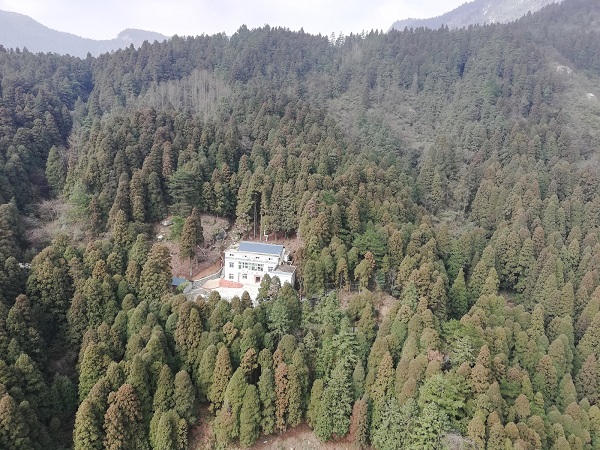
So, I’m dedicating this blog-post to share my experiences with the Mount Hengshan, also known as the Nanyue (南岳).
Sacred mountains in china
There are five sacred mountains (五岳, Wuyue) in China, I’d quickly list them here (the names are very easy to remember)-
- North Great Mountain (北岳, Běiyuè – Shanxi province),
- South Great Mountain (南岳, Nányuè – Hunan province),
- East Great Mountain (东岳, Dōngyuè – Shandong province),
- West Great Mountain (西岳, Xīyuè -Shaanxi province), and
- Center Great Mountain (中岳, Zhōngyuè – Henan province).
I just wish to reemphasize that this post is all about the Mount Hengshan. I’d write more about the other mountains as and when I get the opportunity to visit them. 🙂
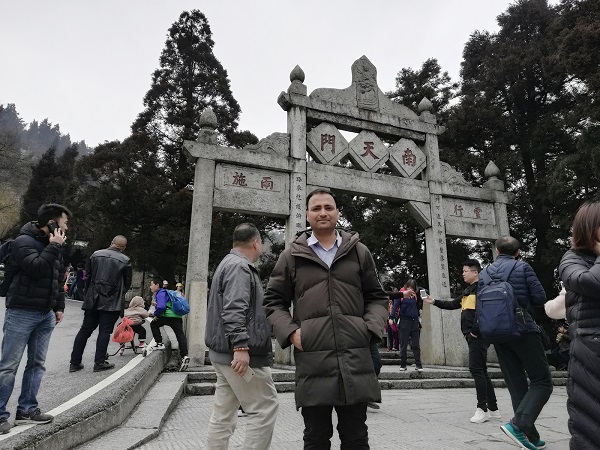
Mount Hengshan Quick facts
- Nicknames: Nanyue, Shouyue, Nanshan;
- Floor area: 640 square kilometers (main part);
- Famous scenic spots: Southern Mountain Temple, Canon Hall, Fang Guang Temple, etc.;
- Main peak: Zhu Rongfeng (the highest peak, 1300.2 meters above sea level);
- Airport: Hengyang Nanyue Airport is 60 kilometers far from the mountain.
Top things to do during Mount Hengshan trip and tickets
Here is a quick list of the top travel attractions in the vicinity of Mount Hengshan-
- Nanyue Hengshan Center Scenic Area
- High season Ticket: 120 yuan (May to October),
- Low season Ticket: 80 yuan (November to April in the following year);
- Nanyue Temple
- Ticket: High season: 60 yuan (May to October),
- Low season: 40 yuan (November to April in the following year),
- Insurance: 2 yuan (voluntary purchase);
- Zhusheng Temple (5 yuan);
- King Kong Stupa (5 yuan);
- Shuilian Cave Scenic Area;
- Wanshou Dading.
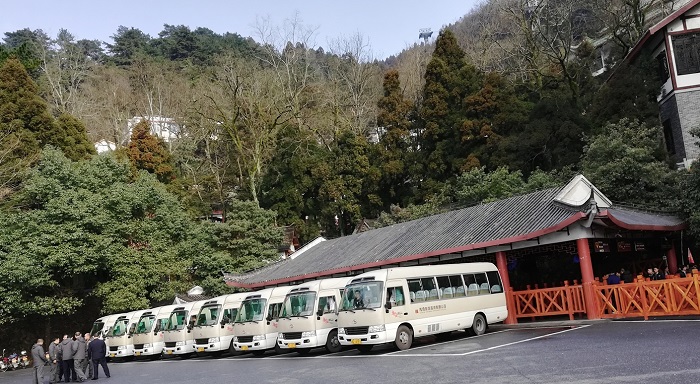
Mount Hengshan brief
Mount Heng, located in Hunan Province, is also known by other names, such as, the Southern Mountain, Jugaku and Nanshan. The mountain is China’s one of the Five Sacred Mountains. It is primarily located in the main part of the Nanyue District of Hengyang City. Hengshan Mountain is famous for a variety of cultural structures, including Taoist and Buddhist shrines.
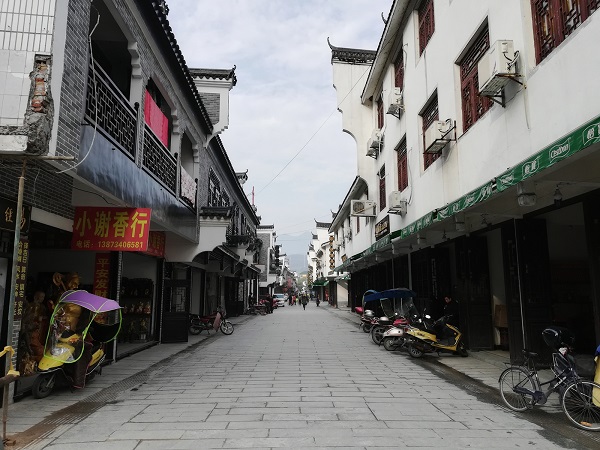
The most famous Hengshan main peaks are Yanfeng, Zhurong, Yuelu, etc. The highest peak is Zhurong with an elevation of 1300.2 meters.
In 1982, Hengshan Scenic Area was included in the list of the first batch of national key scenic spots. In February 2006, Hengshan was added to the national natural and cultural double heritage list. In May 2007, Hengshan Scenic Area was rated as the first batch of country’s AAAAA level tourist scenic spot. In August 2007, Hengshan was listed as a national nature reserve.
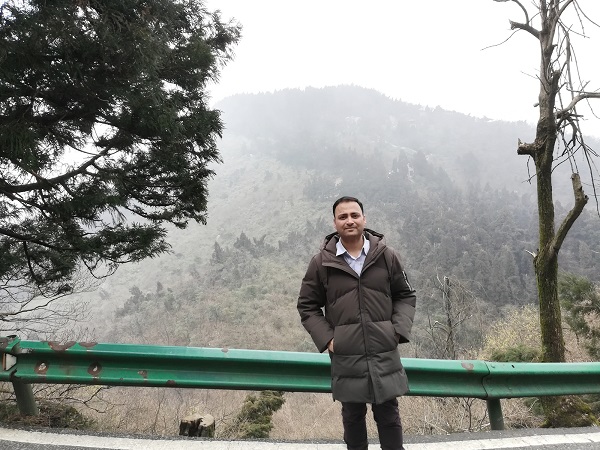
Getting to the Mount Hengshan
Well, Hengshan Mountain is situated quite far from the Hengshan downtown. As such, if you just want to visit the mountain, there is no need to go to Hengshan city. You can simply get a train to the Hengshan West Railway Station (衡山西站), the nearest high-speed train station to the sacred mountain.
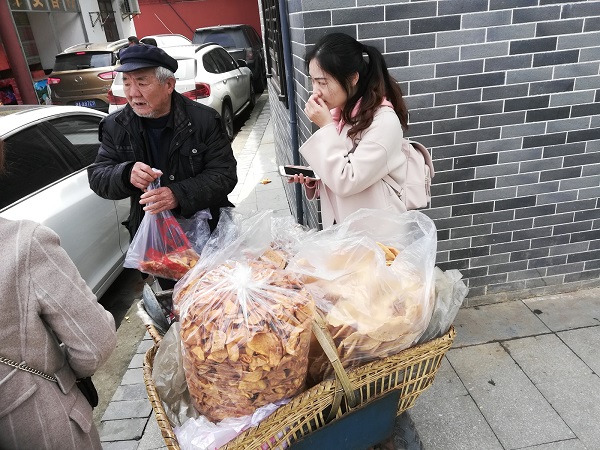
During my trip, I had a morning train ride from Changsha to the west station (it took just ~40 minutes). In fact, there are trains running almost every hour between Changsha and the west station. A one-way ticket would cost you around RMB 70.
Hengshan West railway station to the Mount Hengshan
The mountain entrance is roughly 8km away from the west railway station. If you search in Baidu, there seems to be a free bus (number 2 南岳/2 路免费车) that can bring you close to the mountain. However, when I reached the railway station at 7am, it was a foggy morning. Unfortunately, I couldn’t find the free bus. In fact, it appeared that there wasn’t a public bus from the train station to the mountain.
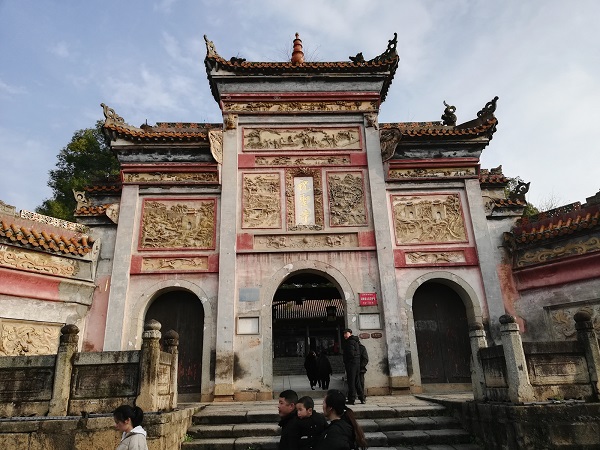
Fortunately, there is a taxi stand right outside the west station, you’ll find the drivers eagerly waiting to take you anywhere along the city. Obviously, the drivers would approach you as you come out of the train station.
At the taxi stand, I met a girl who was heading to the mountain, so I just requested her to take me along (and she agreed). I had a RMB 5 ride to the Zhusheng Temple (very close to the mountain). Later, I walked to the Nanyue Temple that is located next to the Mount Hengshan ticket entrance gate.
Hengshan transportation
Don’t forget to use the Baidu Map while travelling in China. 🙂
The best way to get around the city is by taxi. There are plenty of them omnipresent. However, there is a very different mechanism to get to the mountain top. Initially, you’ll need to take a mini bus to the upper level of the mountain. Then you have an option to transfer to next minibus or take the cable car heading uphill. The cable car had a long waiting queue. I waited nearly 30 minutes in the queue. Overall, it took me nearly 1 hour to get to the mountain top after I bought the mountain ticket.
Zhusheng Temple
There are two Zhusheng Shi (temples) in China – one in Hengshan (Hunan) and another in Dali (Yunnan).
After the RMB 5 taxi ride, I got out of the taxi at the Zhusheng Temple (祝圣寺, Zhu Shengsi). This is a nice and well-preserved temple. During the heyday of the temple, there were thousands of monks living there.
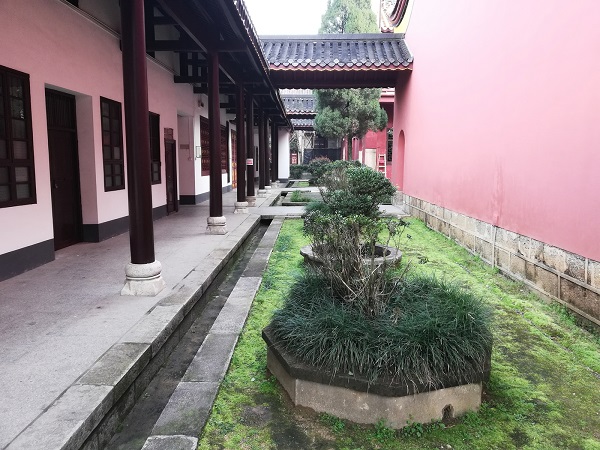
There are five main entrances to the main building of Zhusheng Temple. These halls are named as Tianwang Hall, Daxiong Hall, Argument Hall, Abbot Room and Luohan Hall. The architecture of the temple is splendid, the environment is quiet and elegant, and the attic terraces are everywhere, with exotic flowers and plants interspersed.
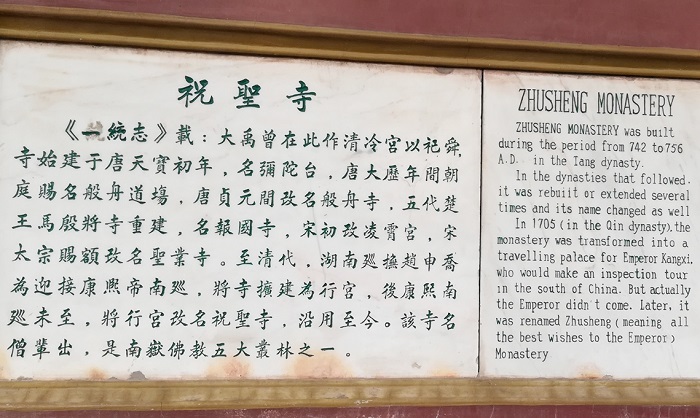
Luo Hantang’s original five hundred Arhat statues, all carved with bluestone, embedded in the left and right walls, lively and vivid, is the treasure of Nanyue culture. It is a pity that in the ten years of turmoil, Luohan was completely destroyed. At present, there is only a copy of the five hundred Luohan statues displayed in the painting and calligraphy hall of Nanyue Temple.
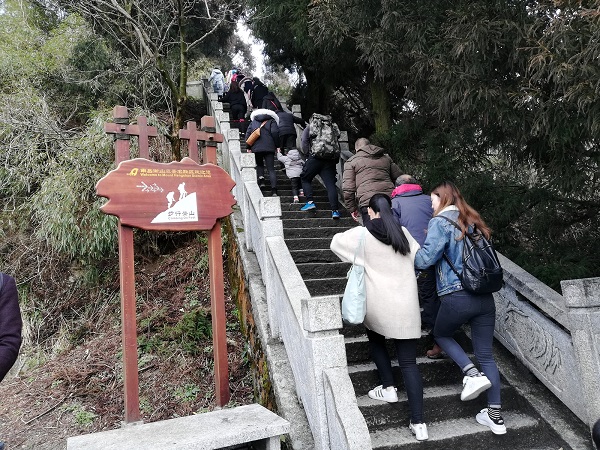
Nanyue Temple
The Zhusheng Temple is very close to the Nanyue Temple (南岳大庙), less than a 10 minutes’ walk. Obviously, my next stop was the Nanyue Temple.
Nanyue Temple is the largest ancient architectural complex in Jiangnan, China. It is also known as the “First Temple of the South of the Yangtze River” and the “National Palace of the South”. According to the existing records, it was built in the Tang Dynasty. The temple was further renovated during the Song, Yuan, Ming and Qing dynasties.
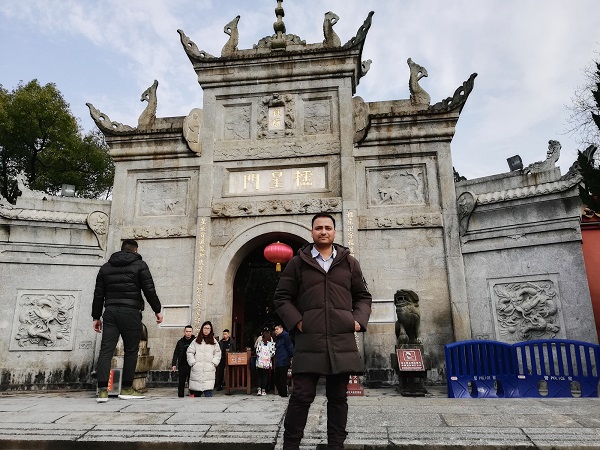
The Nanyue Temple consists of nine-in-four courtyards, surrounded by red walls, high-rise corner towers, Shouyishan springs, flowing around the wall, quite like the style of the Forbidden City in Beijing. The Nanyue Temple has a coexistence of Buddhism and Taoism. There are eight Taoist temples on the east side and eight Buddhist temples on the west side (a bit common for the Chinese temples). Every year there will be a large-scale temple fair (15th August.)
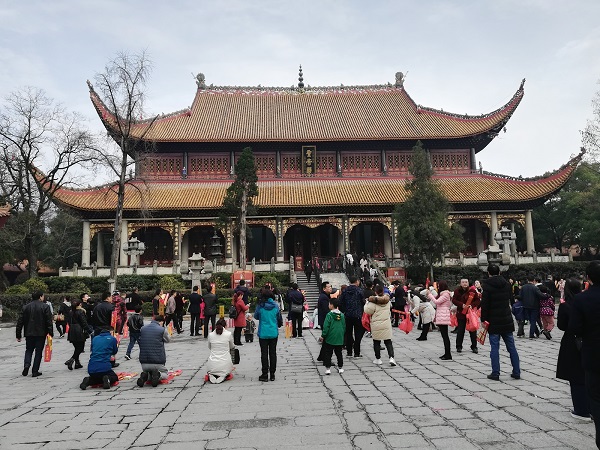
The temple is so famous that many overseas Chinese in Southeast Asia, the Japanese Buddhist community, as well as the devout men and women who returned to their hometowns, travel long distances to worship over here.
Opening hours (low season): 7:30 am – 17:00 pm, high season: 7:00 am – 17:30 pm.
Nanyue Hengshan Center Scenic Area
Now let me cover some of the interesting details about the main Hengshan Mountain scenic area.
Geographic range
The main part of Hengshan is located in the southeastern part of Hunan Province, China. It starts from the Futianpu Township of Hengshan County in the north, and ends in Zhangmu Township of Hengyang County in the south. Also, it starts from Jiepai Town of Hengyang County in the west and ends in Nanyue District of Hengyang City. It is 38 kilometers long with the widest part being 17 kilometers. The scenic zone, between 27°4′-27°20′ north latitude and 112°34′-112°44′ east longitude, has a total area of 640 square kilometers.
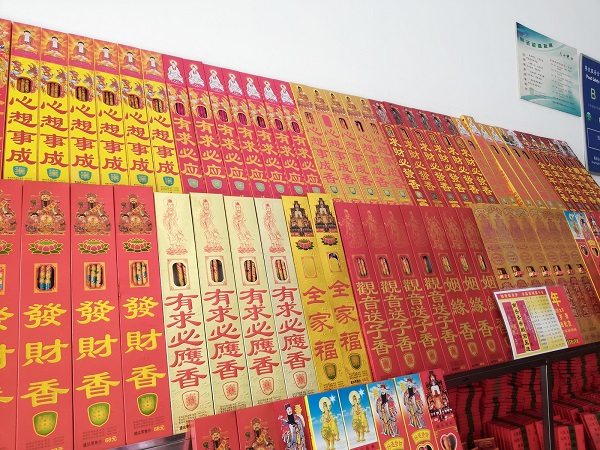
Hengshan weather and Climatic characteristics
Hengshan belongs to the mid-subtropical monsoon humid climate zone. The average annual temperature is 17.5 °C. The lowest temperature is in January (2.2°C in the foothills and 0.1°C near the mountain top) whereas the highest temperature is in July (25.8°C in the foothills and 21.6°C near the mountain top).
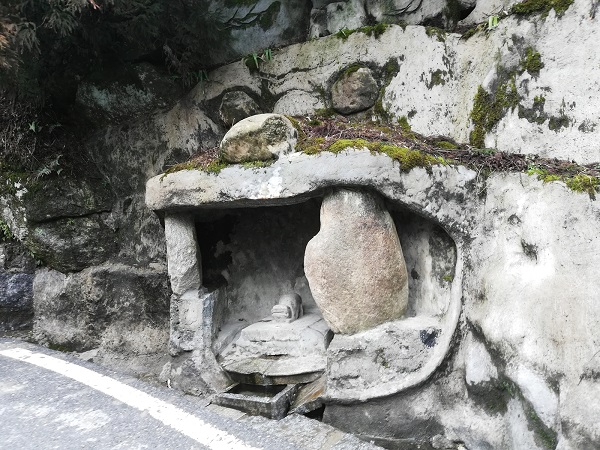
The average annual precipitation of Hengshan Peak is 2045.8 mm, and the average annual precipitation of Nanyue Town, where Hengshan is located, is 1440 mm. The precipitation of Hengshan Mountain increases along the higher altitude, and often there could be a significant difference between the north and south slopes.
From the foot of the mountain to the top of the mountain, the average precipitation on the southern slope increases by 59.1 mm for every 100 meters, and the north slope increases by 42.8 mm. The precipitation in Nanyue Hengshan is more in spring and summer than in autumn and winter.
Main mountain attractions
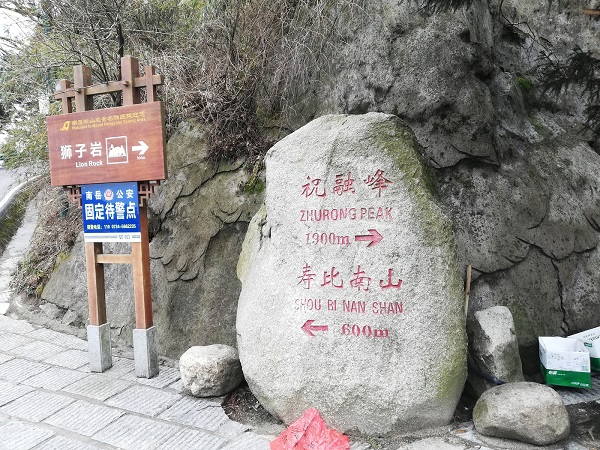
Zhu Rongfeng
Zhu Rongfeng is the highest peak of Hengshan. It is the first of the “four musts” of Nanyue scenery. Quite often, due to the lingering of the clouds, the scenery could be even more spectacular. Han Yu, a great writer in the Tang Dynasty, sighed in the poem “You Zhu Rongfeng”, “When you wish to see the best, you can’t see the light smoke.”
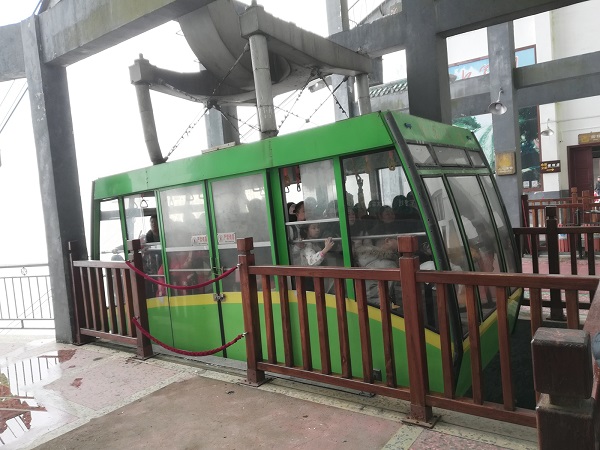
Tianzhufeng
Tianzhu Peak, with an altitude of 1061m, is one of the 72 peaks of Hengshan Mountain. It is located in Yanshou Village of Nanyue Town. Because the peak is tall and straight (thereby appears like a pillar), it is said to be supporting the heavens.
Huiyan
Hui Yanfeng is the first of the 72 peaks of Hengshan and also referred as the first peak of Nanyue. The peak is 96.8m above sea level and has a total area of 6.32 hectares. The whole scenic spot is located in the coast of the Xiangjiang River in Yanfeng District of Hengyang City. It is a city-level key cultural relic and a national AAA tourist attraction.
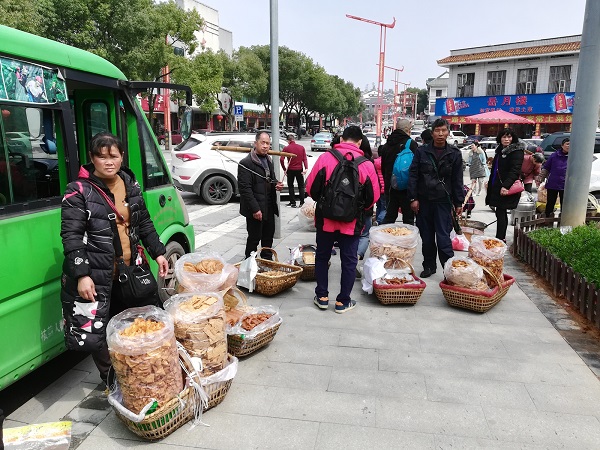
Shi Yufeng
Shi Qifeng is also commonly known as Daling. On the stone wall on the east side, there are two oblique peaks, that appear like a towering rice warehouse when seen from the below. There are various legends surrounding this feature. It is common to say that these two pinnacles, not only look like rice warehouses, but also have two doors, with stone statues standing at the door, and a closed lock clearly hidden behind.
yuelu Mountain
Yuelu Mountain is the tail peak of the 72nd peak of Nanyue. It is 300.8m above sea level. It integrates Confucianism, Buddhism and Taoism, which is the essence of the ancient Chinese culture. It embraces the cultural connotation of Yuelu Mountain, jointly developed by the ideological giants, Gaochun Laodao and Sao people. At the foot of the mountain, there is the Yuelu Academy, listed in the top of the four ancient Chinese academies.
On the mountainside, there is the ancient Shushan Temple. The ancient Shushan Temple has a history of more than 1,700 years and is the birthplace and center of Buddhism in Hunan Province.
Well, I believe that’s pretty much covered in this post and I’d stop here!
In summary, it was a pleasant experience to travel to the Hengshan Mountain. The scenery is great and the air is fresh. Moreover, it is a great place to experience China’s natural landscape. A day trip to the mountain is absolutely recommended.
That’s all in this post about traveling and top thing to do Mount Hengshan scenic area. If you have any question about traveling, living or working in China, do let me know in the comments! Feel free to post in our forum so that others could also contribute and learn. For regular updates like us on Facebook, or follow on Twitter!
If you find the write-ups useful, don’t forget to buy me a beer!
Happy traveling and exploring Mount Hengshan!
Cheers!
Last updated: Thursday, May 9, 2019